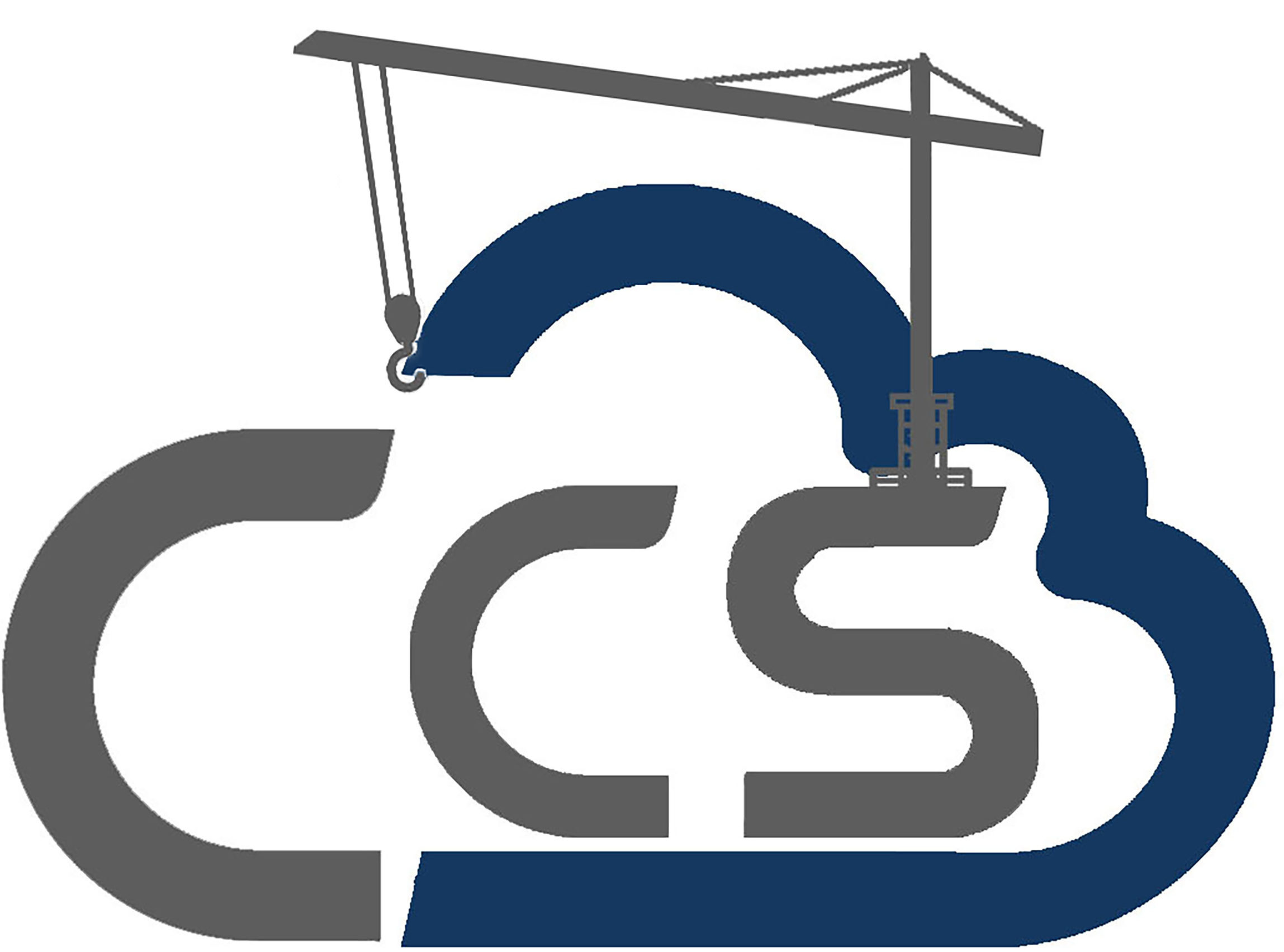Successful Cloud-Based Analytics
In the movie “Moneyball” (2011) Brad Pitt and company portray the 2002 Oakland A’s coaching staff as they use data analytics to build a competitive baseball team despite having one of the smallest budgets in Major League Baseball. While the A’s were unable to secure a spot in the world series they were able to break the Yankees 1947 record for most consecutive wins, clinching 20 wins in a row. While many believe that the team was overall unsuccessful the case for using analytics was made.
Innovation breaks the traditional model and provides new ways to understand information in baseball and in business. 70% of IT budgets are spent on operations and maintenance while system cost, system complexity, and limited functions were listed as the major roadblocks to the adoption of analytics. Cloud-based analytics benefit businesses by minimizing costs and increasing efficiency to deliver cost-effective outcomes through the use of a shared platform.
Cloud-based systems maintain advantages over traditional servers in terms of cost, scalability, and connectivity. Traditional servers require upfront payment for hardware, software, and workforce training. Cloud-based models reduce upfront investments in infrastructure and training by transferring these responsibilities to a cloud provider. As your businesses needs grow, the size, scope, and complexity of your needs grow as well; cloud-based platforms scale dynamically with your needs ensuring the whole team can access the cloud while working collaboratively from anywhere without paying for additional licenses.
Succeeding in business analytics is about asking the right questions for your business. Organizations that are able to determine their needs anticipate, predict, and shape their outcomes. Repeating this process over many different objectives, organizations and the people who inhabit them, learn from the decisions they make and are able to make improved decisions with analytics.
